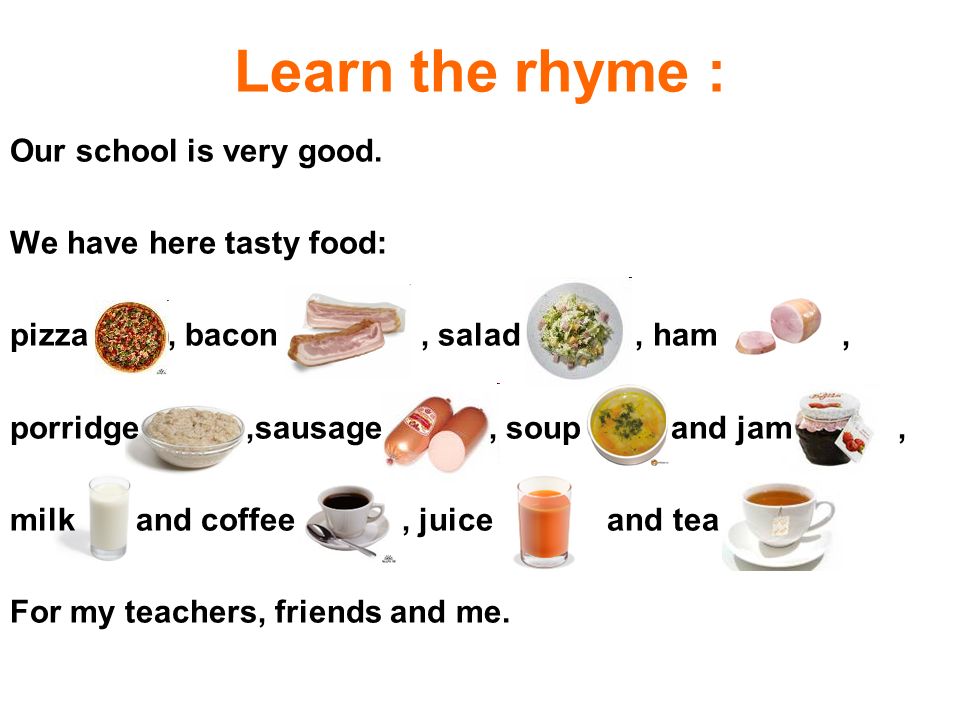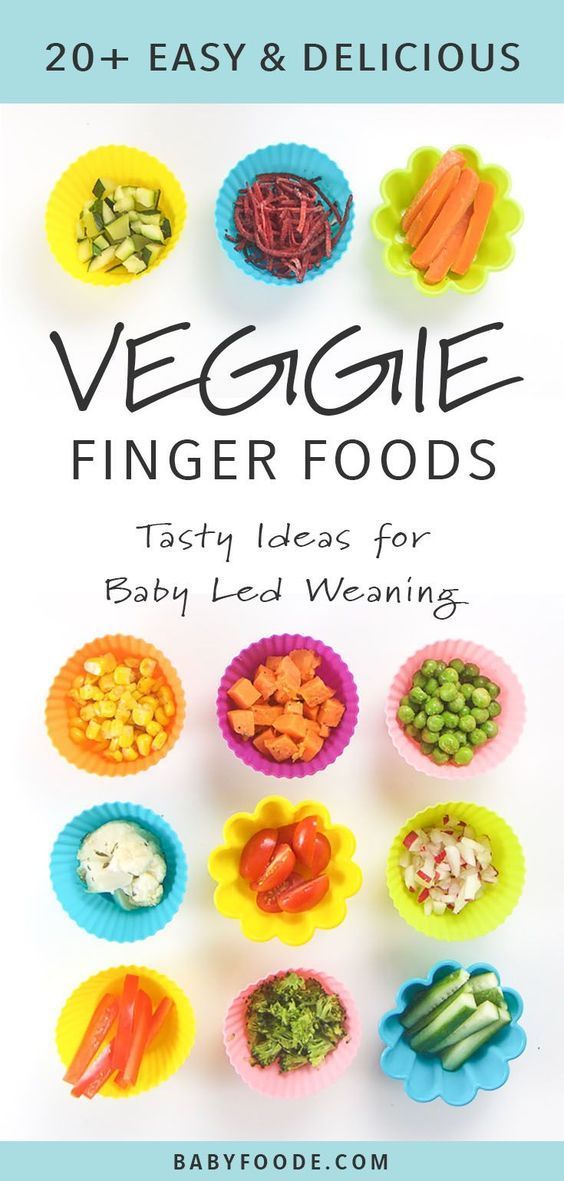First real food to give baby
Do's and Don'ts for Baby's First Foods
Breastfeeding has been shown to improve infant, child and maternal health outcomes and help control healthcare costs, but how long should breastfeeding last and when should parents introduce solid foods?
The Dietary Guidelines for Americans recommend exclusive breastfeeding, meaning the infant receives only breast milk, during the first six months of life for optimal nutrition and health benefits.
Once solid foods are introduced, health professionals recommend continuing breastfeeding through 12 months of age and, after that, as desired by mother and baby. Introducing your baby to solid foods is an exciting milestone. When you start introducing children to the world of solid foods, you are helping them shape their relationship with food and establish a healthy eating style. The timing for introducing solid foods will depend on the infant, but it is not recommended before the age of four months or after the age of six months.
Not sure how to get your baby started on solid foods? Consider these helpful tips.
Is Your Baby Ready to Transition?
Each child's readiness for solid food depends on their own rate of development. Signs a baby may be ready to start solid foods include sitting up with minimal support, demonstrating good head control, bringing objects to the mouth or grasping at small objects. Check with your pediatrician before starting solid foods.
Getting Started With Solids
Solid foods may be introduced in any order. However, puréed meats, poultry, beans and iron-fortified cereals are recommended as first foods, especially if your baby has been primarily breastfed, since they provide key nutrients. Only one new single-ingredient food should be introduced at a time.
Softer textures are very important when first introducing foods. Infants usually start with pureed or mashed foods around six months. As infants develop chewing and motor skills, they are able to handle items like soft pieces of fruit and finger foods. As the child ages, a variety of healthful foods is encouraged.
As the child ages, a variety of healthful foods is encouraged.
Weaning From Breastfeeding
When deciding if you should wean your baby to a bottle or a cup, consider their developmental readiness. Between 7 and 8 months, most infants will drink small amounts of liquid from a cup or a glass when someone else holds it. Older babies and toddlers often have the coordination to drink fluids from a cup by themselves.
If your baby is under 12 months of age and you are not continuing to breastfeed, wean from breast milk to iron-fortified infant formula. If your baby is 12 months or older, whole cow’s milk is appropriate.
Food Safety Do’s and Don’ts
Food safety concerns for infants and toddlers include food allergies, choking and risks for foodborne illness. Keep the following safety tips in mind:
Do talk with your pediatrician about the risk of food allergies. Introducing one new food at a time, every several days, allows time to monitor for allergic reactions. Current evidence does not indicate needing to wait beyond 4 to 6 months before introducing potential allergy-causing foods such as eggs, dairy, soy, peanuts and fish. In fact, introducing peanut-containing foods as early as 4 to 6 months of age may help prevent a peanut allergy. The Dietary Guidelines for Americans recommends introducing potentially allergenic foods when other complementary foods are introduced to an infant’s diet. Parents with concerns about food allergies should discuss how to include these foods with their pediatrician.
Current evidence does not indicate needing to wait beyond 4 to 6 months before introducing potential allergy-causing foods such as eggs, dairy, soy, peanuts and fish. In fact, introducing peanut-containing foods as early as 4 to 6 months of age may help prevent a peanut allergy. The Dietary Guidelines for Americans recommends introducing potentially allergenic foods when other complementary foods are introduced to an infant’s diet. Parents with concerns about food allergies should discuss how to include these foods with their pediatrician.
Don’t feed your baby solid foods from a bottle. It can be a choking hazard and despite a popular misconception, putting cereal in a baby's bottle won't help with sleeping through the night. Other foods that are considered to be choking hazards are listed below.
Do supervise your child while eating. Infants should be able to sit upright and face forward when you first introduce solid foods. This makes swallowing easier and choking less likely.
Don’t feed directly from the jar of food but instead spoon some food into a separate dish first. Feeding directly from the jar may introduce bacteria from your baby's mouth to the spoon and back into the food, creating a food safety issue.
Don’t feed honey to children under 12 months of age due to the risk of foodborne illness.
Examples of appropriate solid foods listed by age:
6 months:
- Well-cooked and pureed meat, poultry or beans
- Ground, cooked, single-grain cereal or infant cereal with breast milk or formula
- Cooked and pureed vegetables
- Mashed banana or avocado
9 months:
- Well-cooked, minced or finely chopped meat, poultry or beans
- A variety of cooked vegetables cut into small, ½ inch pieces, such as squash and green beans
- Sliced and quartered bananas or small pieces of other soft fruits
12 months:
- Soft, shredded meat, poultry or fish
- Small pieces of cooked vegetables
- Small pieces of soft, easy to chew fruits
- Mixed food dishes the family is eating in appropriately sized pieces
Not recommended for those under 4 years of age due to the risk of choking:
- Popcorn and whole kernel corn
- Nuts and seeds
- Large chunks of meat, poultry and cheese
- Candy, gum drops and jelly beans
- Hard, raw fruits or vegetables such as apples, celery and carrots
- Whole grapes and cherry tomatoes, unless cut into quarters
- Hot dogs, unless cut into strips and age appropriate, bite-size pieces
- Sticky foods, such as peanut butter, which can get stuck in the back of the mouth – peanut butter is okay if spread thinly on bread
For toddlers and preschoolers, chop grapes, meat, poultry, hot dogs and raw vegetables and fruits into small pieces (about ½ inch or smaller).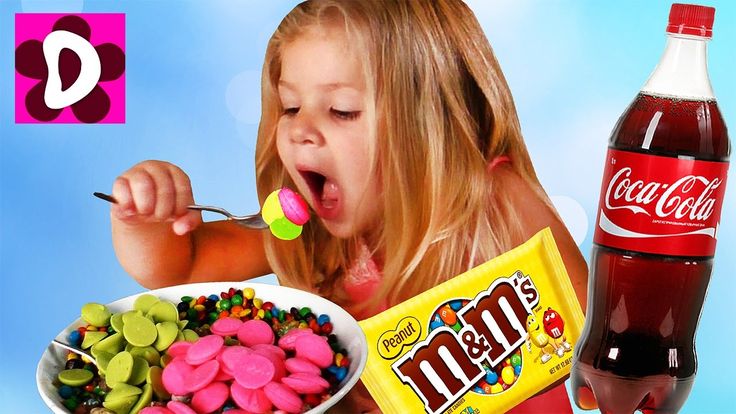
Nurturing Healthy Relationships with Food
Establishing a positive feeding relationship during infancy can have lifetime benefits. Keep in mind that children are responsible for how much and whether they eat so always wait for your baby to pay attention to each spoonful before you feed them. Don't be afraid to let your baby touch the food in the dish and on the spoon. You wouldn't want to eat something if you didn't know anything about it, would you? In addition, know the cues that your baby is done eating. A common cue babies are full is head turning.
Whatever happens, don't get discouraged and enjoy the experience. With a little patience and creativity, you can make your baby's first solid food eating experience fun for everyone involved!
Tags
Find a Nutrition Expert
Looking for credible nutrition information and recommendations? The Academy of Nutrition and Dietetics' network of credentialed food and nutrition practitioners are ready to help!
See Directory
15 Real Food Ideas for Baby's First Solids
Updated: | 8 Comments | This post may contain affiliate links. Click here for our full disclosure.
Click here for our full disclosure.
Even the most mainstream nutritional advice today says to minimize or avoid refined white carbs, like white flour, white pasta, and white rice.
So then WHY on earth do they recommend a refined, powdery, white rice cereal for baby’s first food? It’s positively baffling. Rice cereal has practically no nutrition, and 6-month-old babies don’t even have the required enzyme (amylase) for grain digestion. It’s just not a good choice, friends.
There are many better choices for nourishing (not to mention delicious!) first foods for baby to enjoy. We went the rice cereal route with our firstborn, but once we learned more about real food (including real food for babies!) we did things drastically different with our second and third kids.
We ditched the rice cereal and started offering real foods via baby-led weaning when they started showing an interest and could sit up on their own.
When we couldn’t do homemade food (like when out of the house) we would often use pouches of fruit and veggie purees like these ones from Plum Organics® – certified organic, non-GMO, minimally processed whole ingredients. I would hold off on the blends that have grains until after a year old, but the veggie-fruit combos are great for starting out.
I would hold off on the blends that have grains until after a year old, but the veggie-fruit combos are great for starting out.
Here’s a list of fifteen of the first foods that we offered in the transition to solid foods. Keep in mind that this was a gradual and slow transition that took months (my babies didn’t really eat a lot of solids until after their first year).
15 Real-Food Ideas for Baby’s First Solids
1. Avocado (high in healthy fats – perfect for baby’s developing brain!)
2. Steamed carrots with butter and sea salt
3. Soft-cooked egg yolk with a pinch of sea salt (I usually scrambled it)
4. Applesauce
5. Plain yogurt
6. Banana
7. Homemade muffins (grain-free for the first year)
8. Organic, non-GMO puree pouches (great for on the go)
9. Large chunks of soft meat
10. Homemade broth (this can be mixed in with other foods for a nutrition boost!)
11. Sweet potatoes, steamed and cut in chunks, or mashed with butter and salt/pepper.
12. Herbs and spices. Okay, technically not a food in and of themselves, but they deserve a spot on the list! Babies don’t need to eat boring and bland food – jazz it up with herbs and spices!
13. Berries (awesome finger foods)
14. Winter squash, steamed with butter and sea salt (mashed or in chunks as finger food)
15. A wee bit of homemade sauerkraut juice – an amazing and natural source of probiotics. Just a dribble of the juice to start out.
Introducing solids to a real food baby doesn’t have to be a bland, boring, or highly-processed experience! Give your babies whole, real foods to help them develop great lifelong eating habits.
What was/is your baby’s favourite first food?
Disclosure: this was post was sponsored by Plum Organics, but the content and opinions are all mine! I only partner with companies that fit the mission of Red+Honey.
Share the love!
2.2K shares
- Share167
- Tweet
Trying to get healthy but feel like you're getting nowhere?
Focus on the 5 essential pillars of health and wellness in order to build a rock-solid foundation, and take charge of your life like never before. Sign up for our newsletter and Download the FREE Wellness Framework Self-Assessment Guide to start!
Sign up for our newsletter and Download the FREE Wellness Framework Self-Assessment Guide to start!
Filed Under: Diet & Nutrition, Babies & Kids
About Beth
Beth is the creator here at Red & Honey. Mom of four, wife of one, and proud redhead. Sushi and tex-mex lover, fan of adventure, books, natural health talk, and pyjamas. INFP and Type 4 enneagram. Allergic to small talk. And, if you haven't figured it out already, #nerd. Read more posts by Beth.
YOU MIGHT ALSO ENJOY THESE POSTS
Best Chili Recipe Ever – With 2 Secret IngredientsQuick Healthy Meals Ultimate Guide (101 Tips, Recipes, and Strategies)50 Hot Drink Recipes to Warm You Up on a Cold DayPerfect Homemade French Fries (Stove-Top, Oven, or Air Fryer)Why I Stopped Using Coconut Oil as a Skin MoisturizerSausage and Spinach Frittata Recipe (Keto, Gluten-Free)100+ Free Printables for Home & Health (Calendars, Habit Trackers, Wall Art and more!)The Stress-Free Approach to Baby-Led Weaning
Reader Interactions
About Me
Hello, I’m Beth.
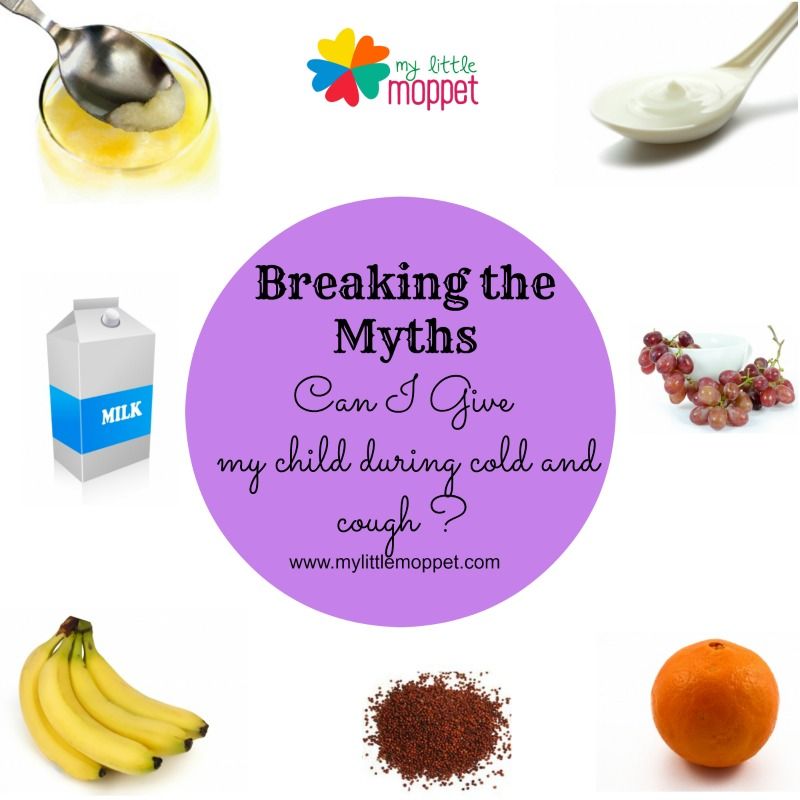
I’m a mom of four with an obsession for all things natural health, but I’m driven by wellness, not perfection. I’m an eternal optimist, a non-conformist, and a classic INFP. When I was 19, I married my total-opposite hubby, who is an ESTJ. This remains both the craziest and the best decision we’ve ever lived to tell about. I can always be bribed with sushi or tex-mex, and I love to embarrass my husband by cranking the music and dancing (badly) in the passenger seat.
Read more about me here.
How to teach a child to eat right?
Enroll
September 09, 2021 read 5-7 minutes
It is difficult to persuade children, and especially teenagers, to eat normally. They eat chips, hamburgers and flatly refuse vegetables and a normal dinner. We tell you how to improve a child's relationship with food and what to do if they are already spoiled.
What does correct mean
A balanced diet is a way to cover all the energy costs of a child for harmonious growth and development.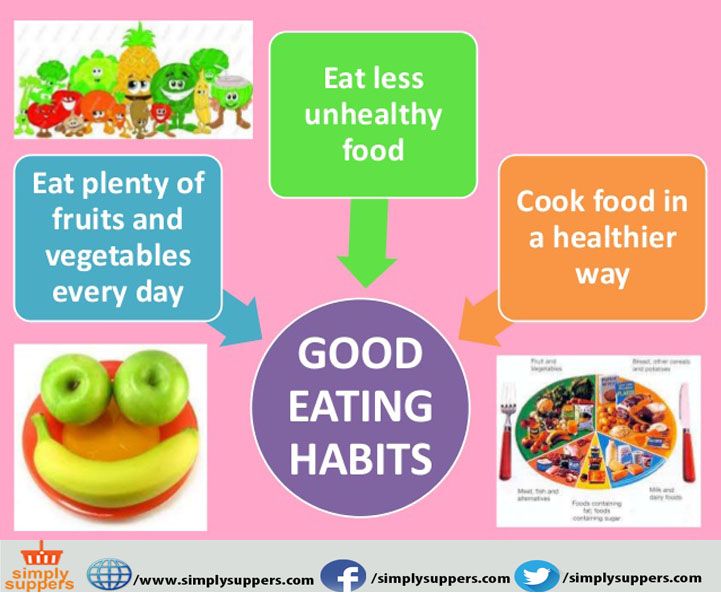 With the right diet, a sufficient amount of nutrients ensures a normal metabolism and gives the child the strength to explore the world.
With the right diet, a sufficient amount of nutrients ensures a normal metabolism and gives the child the strength to explore the world.
“According to domestic and foreign recommendations,” explains GMS Clinic pediatrician Maria Fadeeva, “every day a child’s diet should contain: vegetables, fruits, complex carbohydrates: cereals, potatoes, bread, pasta, protein-rich foods: meat, fish, eggs, legumes , nuts, dairy products: milk, cheese, yogurt, kefir, cottage cheese; infant formula or breast milk for infants as needed, vegetable and animal oils, water.” nine0003
That is, in order to develop normally, it is enough for a child to eat some fruits, vegetables, protein, complex carbohydrates and dairy products every day. The form of preparation is not so important. It is not necessary to cook soups or cereals every day if the child does not eat them.
“Soup is a cooking option,” says Maria Fadeeva, “if the child refuses it, you can offer the same products in a different form.
Food temperature should be comfortable, very hot food should not be consumed. nine0003
The volume of the diet depends on the physical activity of the child, age and lifestyle. Children eat more during periods of active growth and activity, but less when they are sick or at home for long periods. Parents often think that the child eats little. But if it is active and grows well, then there is enough food.
With a real lack of nutrients, he sleeps more, is nervous, complains of weakness and cannot walk for a long time. Nails break and peel easily, the skin peels off, and cracks may appear in the corners of the lips. nine0003
“We need to discuss the diet with the pediatrician,” says Maria Fadeeva, “if the child lags behind in development, gains weight poorly and grows slowly. And also there is excess weight and problems with the stool: constipation, diarrhea. There may be complaints of nausea, heartburn, belching and abdominal pain.

Why it matters
Unhealthy eating affects not only the physical and mental state of the child. Children who do not eat properly are at risk for the development of obesity and eating disorders, that is, the formation of an unhealthy attitude to food. Such a disorder can develop in a situation where food becomes not a source of energy, but a cause for anxiety and negative emotions. nine0003
According to the candidate of psychological sciences, child psychologist at the Fantasy clinic Yulia Sebeleva, there are three main risk factors for developing eating disorders:
- Genetic. Several genes are known to significantly increase the risk of developing ED.
- Psychogenic, it is associated with experienced complex traumatic events. RPP in this case may arise as an option for adaptation to a difficult situation. nine0037 Stereotypes and attitudes about bodily standards and a shift in body image towards thinness.
“Some nutritional features,” says Yulia Sebeleva, “even in infancy can be risk factors for the development of eating disorders: infant refusal to breastfeed, babies and children who transmit and do not feel full.
But usually, these features are combined with a high level of maternal anxiety in the early period of communication with the child. It can be postpartum depression, personal beliefs about food, family eating habits.” nine0003
How to develop good eating habits
An important recommendation is a family example when parents change their lifestyle and start eating right. Switching to a healthy diet is difficult, especially if you perceive it as a restriction for the sake of the child. But if a teenager constantly hears about the benefits of vegetables from parents with chips in their hands, there will be no benefit from this.
“If it is customary in a family to eat not very healthy food,” says Yulia Sebeleva, “it is not surprising that the child will also eat like this. But such habits can be corrected if the whole family reconsiders the importance of a culture of eating behavior and includes the formation of healthy eating habits to take care of themselves and their loved ones.
nine0003
It is also important when parents treat food calmly and do not force them to eat up. The child should not eat half of the adult portion or everything that the parents see fit to put on the children's plate. Therefore, there is no need to be ashamed of half-eaten porridge or talk about starving African children in order to arouse feelings of guilt.
“When parents force them to eat,” Yulia Sebeleva warns, “it’s traumatic and increases the risk of an eating disorder.” nine0003
From an early age, it is useful to encourage an exploratory interest in food, not to be afraid to try different foods so that the child expands his taste sensations and does not think that food can be dangerous.
“I like the idea of pedagogical complementary foods,” says Yulia Sebeleva, “when a mother gives the baby a piece to try what she eats herself. It does not have to be chewed and swallowed, sometimes it is enough to give it a taste for study.
nine0003
There are other ways to form good eating habits:
- Giving choice. It is good when there are several dishes on the table, if the child does not eat salads, separately cut vegetables can attract his attention and interest.
- Change the form of serving products. There are children who do not eat cottage cheese, but they try the cottage cheese casserole with pleasure.
- Do not use gadgets while eating. We have already talked about this. Enthusiastic children do not notice what they eat and in what quantities, so they eat more and do not notice the process of eating food. nine0038
- Host family dinners. Gather together at the table, involve children in cooking, tell what food is made of and why you need to add seasonings. During dinner, it is better not to sort things out. At this time, it is not worth scolding the child for daily misdeeds, so that the family meal does not turn into an unpleasant duty.
- Don't ban unhealthy food.
 Prohibitions and strict restrictions lead to the fact that a child can greedily pounce on chips or cakes as soon as he gets out of parental control. nine0038
Prohibitions and strict restrictions lead to the fact that a child can greedily pounce on chips or cakes as soon as he gets out of parental control. nine0038 - Add physical activity. Children eat better after an energy expenditure, so walking, sports classes or other activities can increase appetite and draw attention to healthy food.
- Don't rush. Constant remarks about slowness only reduce the desire to sit at the table. It is better to plan more time for food in advance.
“After 1-2 years, the appearance of food becomes important,” says Maria Fadeeva, “there is a training in food intake norms. Therefore, it is worth setting the table beautifully, using bright dishes, combining products of several colors. Do not feed your child in front of the TV, let the process of eating be conscious.” nine0003
Outside the home, it is more difficult to establish food. Unaccustomed food and lack of choice at school or kindergarten lead to the fact that the child does not eat well or buys buns, chips and other junk food at breaks.
“Unfortunately, the quality of food in schools and kindergartens,” Yulia says, “is a serious problem. The very fact of getting used to other foods can be stressful for children. In each individual case, it is necessary to come up with possible ways of adaptation for the child. For some, this is the search for snacks that you can take with you. Other children get used to it over time and start eating school food.” nine0003
As Maria Fadeeva says, snacks should be easy to eat, keep out of the refrigerator for a long time and have the right composition.
“Suitable for a snack,” says Maria Fadeeva. - neatly cut fresh vegetables and fruits, dried fruits, berries, whole grain bread, cheese, yogurt. It is better to use a container with compartments so that the food is not smeared and mixed into an "incomprehensible mass". You can invite the child to participate in filling the lunch box himself. nine0003
What to do if the child does not eat healthy food
If he is already used to eating improperly and this affects his health, then first of all, you need to reconsider the family approach to food. Remove all unhealthy food from the house, offer fruits, nuts and vegetables for snacks.
Remove all unhealthy food from the house, offer fruits, nuts and vegetables for snacks.
There is no need to criticize appearance - this will not help improve nutrition, but it can exacerbate teenage problems and experiences. It is better to tell how healthy food helps to improve the appearance and condition of the skin. nine0003
“If conventional methods are ineffective,” Maria Fadeeva warns, the help of specialists may be required: a pediatrician, a gastroenterologist, a psychologist.
If a child refuses to eat, constantly says that he is fat, inadequately evaluates his appearance, or talks about diets all the time - these may be the first signs of an eating disorder. In this case, you need to seek help from a psychologist or psychotherapist. Family therapy may be needed, as most eating disorders in children are related to parental attitudes. nine0003
“If parents notice that a child has difficulties in dealing with food,” Yulia warns, “this is a signal to restore parent-child relations and search for the causes of violations together with a specialist.
”
Important to remember
- The five-food rule helps to form a good menu for a child
- Soup is an optional part of the diet if the child receives the same amount of the same substances from other meals
- Children eat more during periods of growth or good physical activity
- The risk of eating disorders is higher if the child is forced to eat something that he does not like
- The best way to build a child's relationship with food is parental example
- If a child is obsessed with food or refusing it, you need to contact a psychologist.
Pediatrician
Source FORM
nine0008 Related Articles
How to feed your baby - expert opinion
Ask two mothers how to feed their baby correctly and you will get two different answers. This is indeed a delicate and difficult question. But let's look into it together with expert pediatrician GMS Clinic Elena Gvozdetskaya. The doctor spoke about the principles of nutrition for babies, gave recommendations on the choice of products, the method of preparation, and much more. nine0003 Read article
But let's look into it together with expert pediatrician GMS Clinic Elena Gvozdetskaya. The doctor spoke about the principles of nutrition for babies, gave recommendations on the choice of products, the method of preparation, and much more. nine0003 Read article
What you need to know about the first month of life?
After birth, the baby should be examined for congenital diseases, some of which are treated with replacement therapy or diet. But some physiological conditions that go away on their own are also being treated. We talk about mandatory tests for newborns and normal changes in children that should not cause alarm and do not require treatment. nine0003 Read article
Under what conditions should children study?
On the first of April, enrollment in educational institutions opens. A comfortable sanitary and hygienic environment in them is one of the main factors in the development of the child. Scientists and doctors have developed standards for schools and kindergartens that parents should know about. Let's talk about the most important things to pay attention to.
Scientists and doctors have developed standards for schools and kindergartens that parents should know about. Let's talk about the most important things to pay attention to.
Should I be afraid of a vascular tumor?
This is a neoplasm that occurs due to abnormal growth and division of cells that form blood vessels. More often, hemangiomas appear, usually benign, disappearing without any treatment. But sometimes they have to be removed. We tell you when to monitor tumors and when to see a doctor.
Read article
Which TB test is best? nine0145
Tuberculosis is a common disease that occurs in children and adults, regardless of the financial situation of a person, profession and lifestyle. A TB patient often looks healthy, but sometimes poses a danger to others. We talk about the indications and contraindications of different tests and their differences.
When is it time to introduce complementary foods? nine0003 Read article
Other articles by this author
Now - not only milk: how to start complementary foods correctly
How to properly introduce complementary foods is perhaps one of the most pressing issues that worries parents. How to introduce complementary foods correctly? Where to begin? Maria Vladimirovna Fadeeva, a pediatrician at GMS Clinic, talks about all the nuances of the introduction of complementary foods in an interview for Stolichka Pharmacy.
Read article nine0004Atopic dermatitis
Atopic dermatitis (hereinafter AD) is an inflammatory skin disease with itching, chronic relapsing course and age-related features.
Read article
What you need to know about children's vision?
It is believed that reading and video games can damage a child's eyesight and develop myopia. We tell you if this is really so, how walking affects the eyes and whether you need to eat carrots. nine0003 Read article
We tell you if this is really so, how walking affects the eyes and whether you need to eat carrots. nine0003 Read article
Gadgets: what to allow at what age?
Children are spending more and more time with electronic devices. We tell you how harmful and useful gadgets are and what time limits to protect the child.
Read article
Vaccination against pneumococcus
Do you know who is one of the main causative agents of pneumonia, otitis media, sinusitis, and even meningitis and sepsis in children? nine0003 Read article
How to introduce complementary foods correctly?
The order and quality of the creation of the baby's first diet affects his health and future relationship with the products. We tell you how to avoid difficulties, reduce the likelihood of allergies, and when you can start joint family dinners.
Secrets of the right breakfast: how to feed a child in the morning before school
Schoolchildren's breakfast should be warm, energetically valuable and healthy. nine0003
Lyubov Panyushkina, head of the pediatric department at Children's Polyclinic No. 3, tells what to feed a child in the morning before school.
A child goes to school, where a real many hours of work awaits him, requiring considerable energy expenditure. The habitual diet developed over the summer and the time of eating are changing. This is especially true for first graders. Doctors unequivocally state that a student's breakfast should be warm, energetically valuable and healthy. nine0003
Harmful
The basis of the right nutrition pyramid is mostly grey-colored cereals. And bakery products crown the top of the pyramid, that is, they should be consumed in the smallest quantities. Therefore, the most common sandwich - white bread with sausage or cheese - is not the most healthy breakfast for a student. And often the child is sent to school after such a snack - tea and a sandwich.
And often the child is sent to school after such a snack - tea and a sandwich.
A child who goes to kindergarten will not be harmed by such a breakfast, because in the group he will be fed porridge in the morning. And the first-grader's diet is already changing, and no one at school will feed him 3-4 times a day on time. Therefore, when a schoolboy appears in the family, the burden of responsibility for proper nutrition and the extra hassle of preparing a hearty and healthy breakfast naturally fall on the mother. nine0003
Of course, in the morning, in a hurry, it is easiest for a mother to slip a cookie, a piece of cake or a sweet bun to her child, to put cereal in his plate or to give him instant porridge. But, although these breakfasts are allowed for baby food, experts believe that they are unacceptable for everyday use.
- All ready-made breakfasts with artificial flavors and colors have a certain proportion of preservatives, excess sugar. And more than once a week, they should not indulge, - says Lyubov Vitalievna.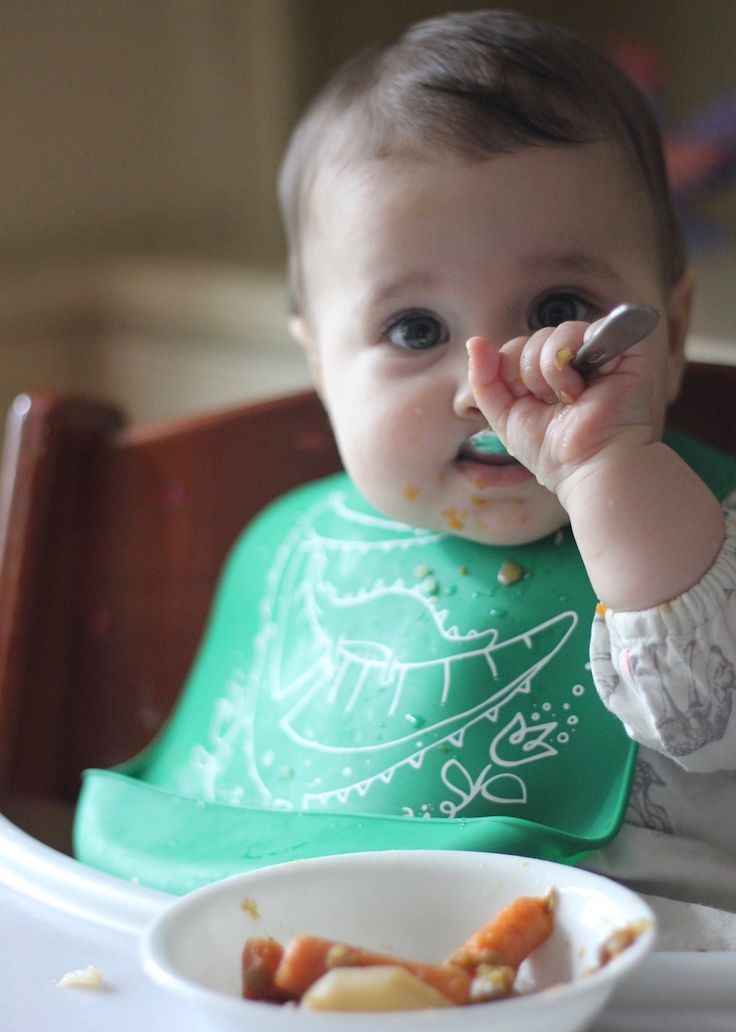 - Such breakfasts can be used occasionally as a treat, for example, on weekends, when a full meal awaits the child. The same applies to "instant" cereals, which also contain preservatives. nine0003
- Such breakfasts can be used occasionally as a treat, for example, on weekends, when a full meal awaits the child. The same applies to "instant" cereals, which also contain preservatives. nine0003
Useful
Pediatricians remind that in the morning and in the morning the metabolism of the child's body is the highest. If you do not violate the diet and strictly feed the child with a full breakfast at a certain time, then at the same time the digestion mechanism automatically starts: saliva, gastric juice, bile are released. In order to avoid stagnation of bile and problems with digestion, breakfast should contain carbohydrates. Therefore, porridge cooked in low-fat or diluted milk is considered ideal. nine0003
In addition, a healthy morning meal should be primarily warm. Now in everyday life, many people use multicookers. This means that mothers can simply program the preparation of porridge - buckwheat, rice, millet, barley - in the evening. And it is better to add milk to ready-made porridge. Thus, you can save time on preparing breakfast, and fully feed the child.
Thus, you can save time on preparing breakfast, and fully feed the child.
— Of course, there are children who don't like porridge. Then you can cook an omelet for the student - an egg, milk, flour, spices. But even if a child categorically demands a sandwich, it can be made useful - take multi-cereal bread, special toasted bread, - explains Lyubov Vitalievna. - On this piece of bread, put a lettuce leaf, thinly sliced cucumber, and on top - fried, but not to the crust, a thin piece of chicken fillet. It will be both tasty and healthy. It's even better if you put a piece of turkey on the sandwich instead of chicken. Turkey meat is high in iron, which will enhance the usefulness of such a sandwich. nine0003
Doctors also recommend giving children natural fresh juices along with tea in autumn. But such juice must be diluted by half with water.
Another indispensable product for children's breakfasts is cottage cheese. If the child eats fresh cottage cheese, fine; if not, you can cook a delicious casserole with various additives - fruits, vegetables, dried fruits, raisins. It will only require your imagination and knowledge of the tastes of the child. Cooking casseroles, like porridge, can be programmed in a multicooker from the evening. And breakfast will be warm, and you don’t have to stand by the stove in the morning. Cheesecakes are another dish that everyone loves. With fresh sour cream, they will make a very useful pair. nine0003
It will only require your imagination and knowledge of the tastes of the child. Cooking casseroles, like porridge, can be programmed in a multicooker from the evening. And breakfast will be warm, and you don’t have to stand by the stove in the morning. Cheesecakes are another dish that everyone loves. With fresh sour cream, they will make a very useful pair. nine0003
It is not forbidden to treat a child to breakfast with pancakes, especially if they are zucchini or apple pancakes.
Delicious
Quite often, children imitating adults ask for coffee with milk in the morning. But coffee is not something that is good for a child's body. Therefore, if given, then not coffee, but a coffee drink. But better - a cup of cocoa. This is one of the unforgettable tastes of childhood. No wonder this fragrant delicacy can be found on the menu of all children's institutions. Unlike coffee or tea, cocoa contains a very small amount of caffeine, which avoids various adverse reactions. But cocoa contains a lot of theobromine - this substance is very similar in composition and effect to caffeine, but it does not harm children's health.